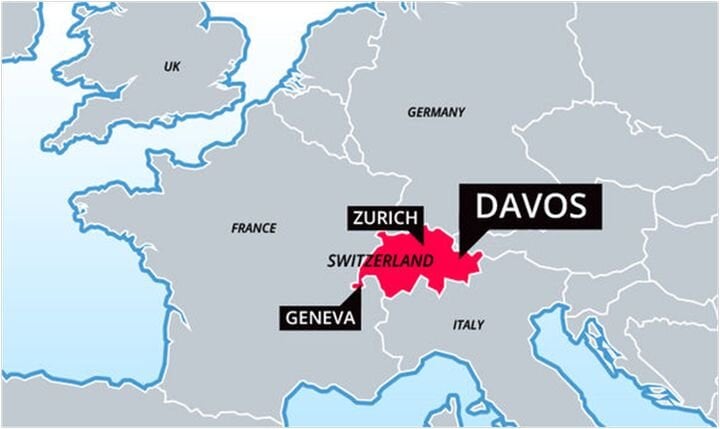![Davos, Switzerland [Source: Express ]](https://fabbaloo.com/wp-content/uploads/2020/05/image-asset_img_5eb08bb42e8ff.jpg)
Charles Goulding and Preeti Sulibhavi have some thoughts about the unexpected appearance of 3D printing technology at the annual Davos summit.
You know you’re a major global player when you’re invited to the annual World Economic Forum in Davos, Switzerland.
This year 3D printing is a topic on the Davos agenda. As part of the Davos program coverage, a 3DP industry overview white paper prepared in collaboration with Mitsubishi Chemical Holdings and Digital Trade of the World Economic Forum (WEF) has recently been published. The presentation, titled “3D Printing: A Guide for Decision-Makers,” covers various 3D printing industry sub-topics.
The paper covers the utility of 3D printing and why policy-makers should care; the current state of 3D printing; the pace of 3DP adoption (by looking at total revenues); as well as how businesses and governments can prepare for the future.
Throughout the paper, the authors present 3D printing as an industry with novel opportunities but that the pace of 3DP adoption has been slow-to-date. It goes on to conclude that decision-makers have yet to treat 3DP as a stand-alone technology and that it has yet to make inroads into the manufacturing industry.
In this writer’s opinion, the report has understated the accelerating growth of the 3DP industry and has diminished its developments to date. This may be the result of the fact that most of the contributors were NGO’s and government agency industry observers rather than current 3DP industry-doers.
The term “doers” refers to 3D printing industry participants that are actually working on innovative 3D printing projects. Examples of such leading companies include, but are not limited to HP Inc, GE, Siemens, Jabil, Airbus, BMW, Volkswagen, BASF, and Ford.
Perhaps the paper would have been more meaningful for the Davos attendees if it had covered the number of 3D printed parts in the aircraft they arrived in, or the number of 3D printed parts in German cars providing local transportation to attendees at Davos.
The Research & Development Tax Credit
Enacted in 1981, the now permanent Federal Research and Development (R&D) Tax Credit allows a credit that typically ranges from 4%-7% of eligible spending for new and improved products and processes. Qualified research must meet the following four criteria:
-
Must be technological in nature
-
Must be a component of the taxpayer’s business
-
Must represent R&D in the experimental sense and generally includes all such costs related to the development or improvement of a product or process
-
Must eliminate uncertainty through a process of experimentation that considers one or more alternatives
Eligible costs include US employee wages, cost of supplies consumed in the R&D process, cost of pre-production testing, US contract research expenses, and certain costs associated with developing a patent.
On December 18, 2015, President Obama signed the PATH Act, making the R&D Tax Credit permanent. Since 2016, the R&D credit can be used to offset Alternative Minimum Tax (AMT) or companies with revenue below $50MM and, startup businesses can obtain up to $250,000 per year in cash rebates that can be applied directly to payroll taxes.
![World Economic Forum (2016) [Source: Webforum ]](https://fabbaloo.com/wp-content/uploads/2020/05/image-asset_img_5eb08bb46955e.jpg)
The Future of 3D Printing
It is a positive development that the Davos attendees are being updated on global 3D printing trends and accomplishments. Hopefully, this introduction will stimulate further discussion and lead to a better understanding of the ongoing and exciting achievements in 3D printing, today and those in the potential future.

